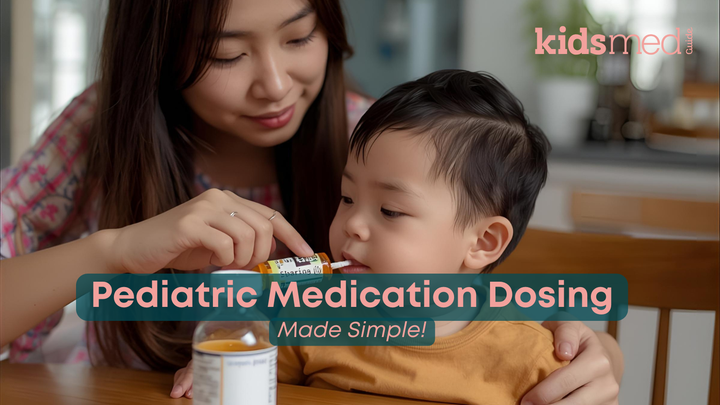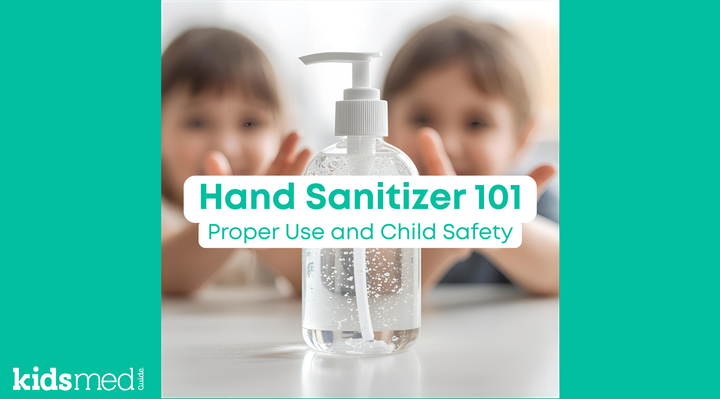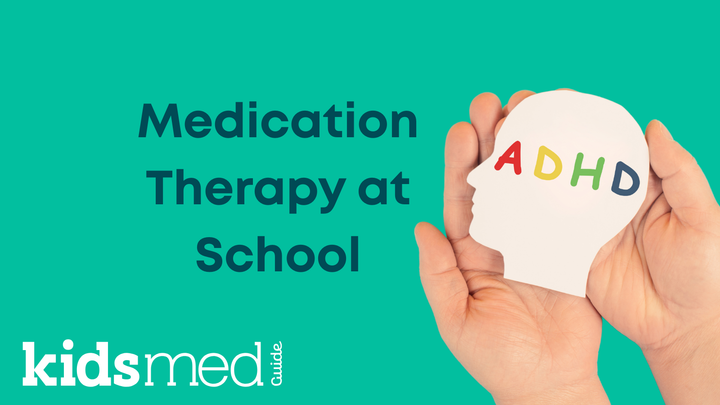Liquid Vs. Pill Forms: Which Is Best for Your Child?
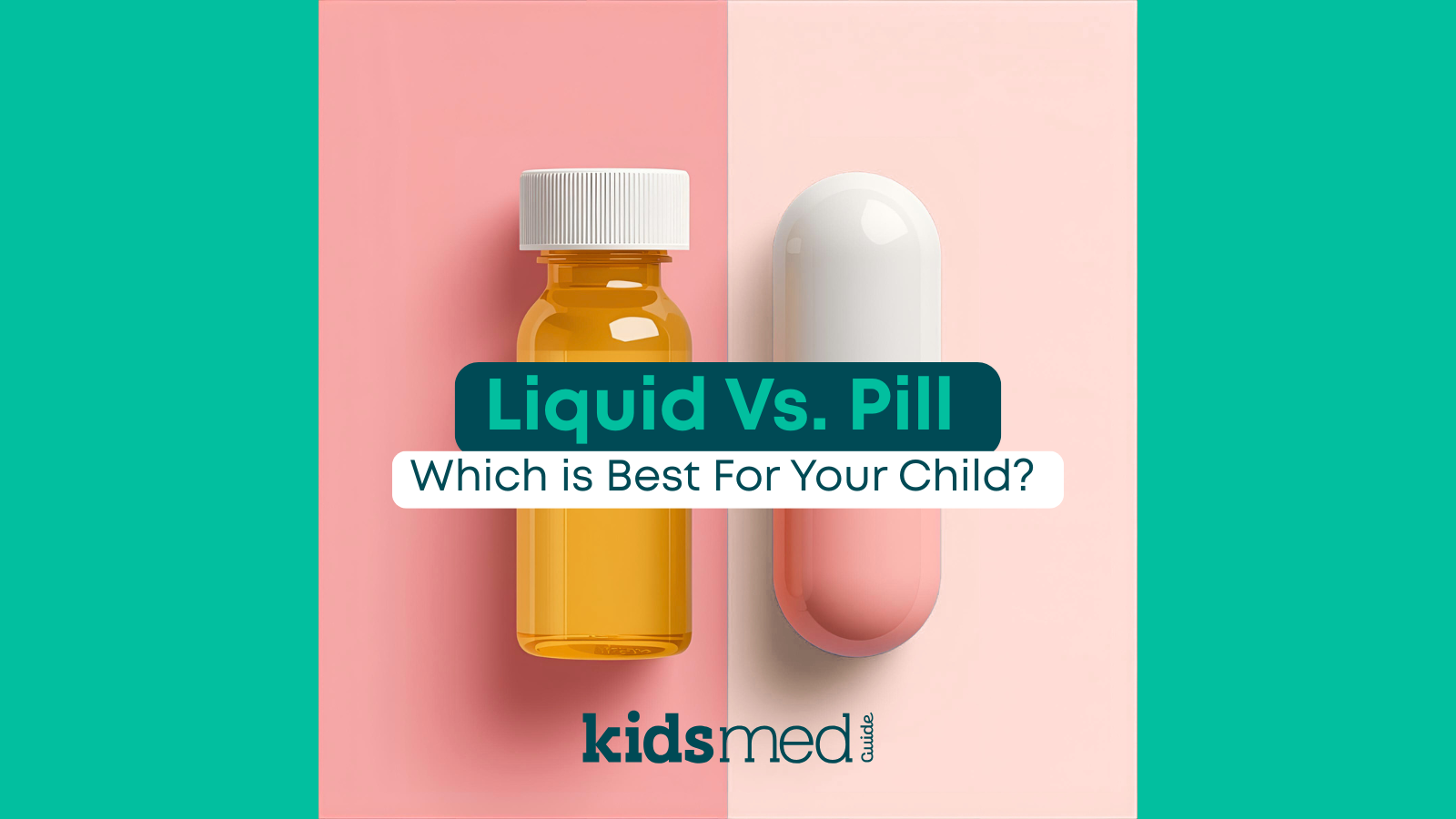
Have you ever tried to get your toddler to drink a disgusting-tasting prescription liquid? (I have – a lot of it ended up on the walls…) Or debated bribing your older child to swallow a tablet instead of going through the hassle of getting a new prescription for a suspension?
Sometimes medication is only available in one form, providing little choice. Other times, you have options. Choosing between liquid and pill medicine for kids depends on factors such as patient acceptance, ease of use, dose accuracy, and safety.
There are some essential differences between liquid and pill forms. This guide takes a closer look at when each option makes sense.
Why Choosing the Right Medicine Form Matters
The type of medicine you choose can affect how well your child follows treatment and its safety. Liquid medicines help with accurate dosing for young children. Pills help make routines easier for older kids, or may be easier for some to swallow (no strange taste or large volume!)
Choosing the right option helps reduce errors and ensures your child receives the intended benefits from their medication. It also improves adherence. Your child is more likely to accept a medication whose taste, texture, smell, and other aspects are acceptable to them!
For more tips on medication administration, read our guides “Getting Your Toddler to Take Yucky Medicine” and “What to do if Your Child Spits Out Their Antibiotics.”
Types of Medicines for Children
Liquid form medicine for children
Liquid medicines are commonly used in babies, toddlers, and younger children who can’t yet swallow pills. They offer several advantages, including flexible dosing (you’re not limited to the pill size/strength), faster absorption, and the ability to adjust doses according to weight.
Drawbacks include taste, stickiness, smell, and texture. You’ll also need an oral syringe or dosing cup to measure the dose accurately, and you must pay attention to storage conditions, as many (but not all) oral liquids need refrigeration or have short expiration dates.
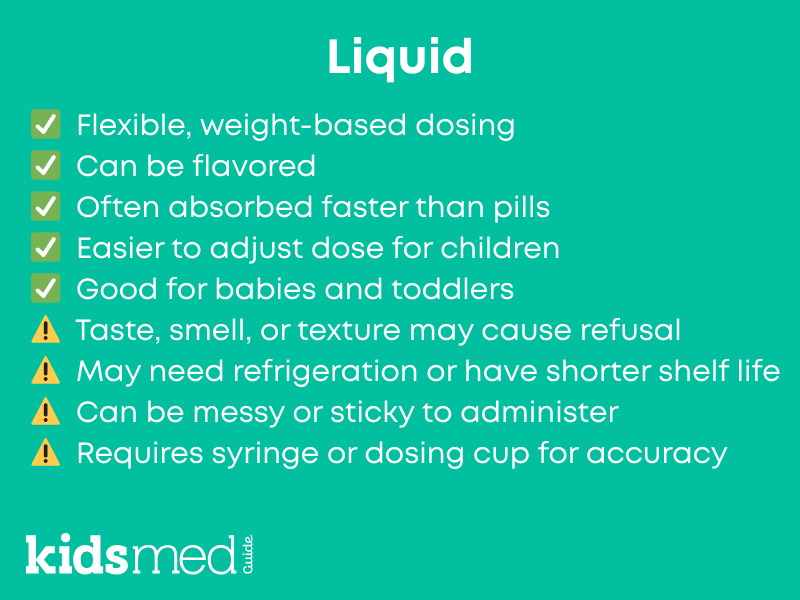
Pill form medicine for children
Pill medicines include tablets and capsules. These are convenient, shelf-stable, and generally cost-effective. They eliminate the need for dosing syringes or cups and are easy to carry.
However, young children often find it hard to swallow pills. Starting to swallow pills around age eight is common, but readiness varies. All kids are different (and so are pills – some are tiny and easier to swallow, while others are dauntingly large!).
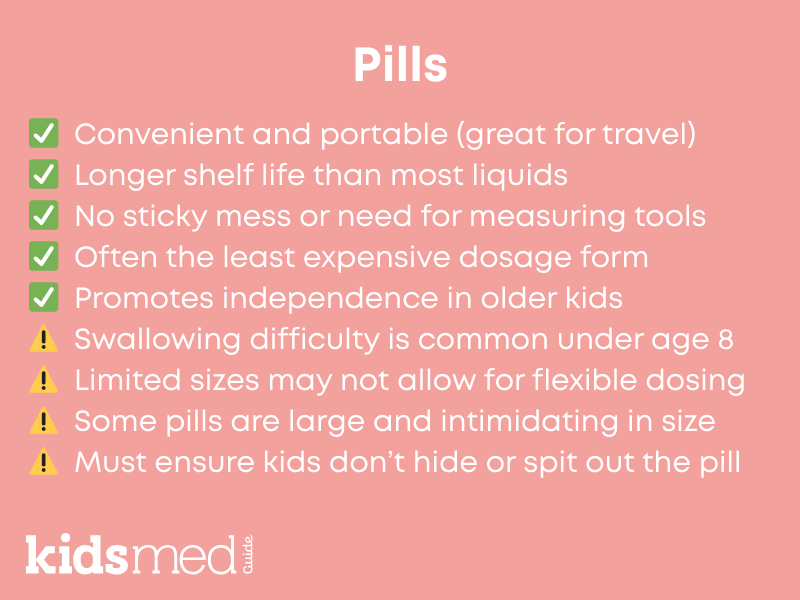
Comparing liquid versus pill forms
When choosing between liquid and pill medicine for kids, there’s no universal answer. Age, weight, medical conditions, and your child’s preferences all matter! In some cases, you may also be limited by the dose or product availability.
Liquid medicines are typically best for infants and toddlers, while pills may be better for older children. The goal is to balance accurate dosing, convenience, and acceptance.
Administration Tips for Children
- Use oral syringes or dosing cups for liquid dosing. Do not use a kitchen spoon and do not estimate a liquid dose.
- For pills, practice first with small sips of water. Have your child swallow a small grain of rice to get the idea.
- Stay positive—kids pick up on stress quickly!
Related: How to Get Your Toddler to Take Yucky Medicine Without a Battle
Safety, Monitoring, and Common Concerns
- Store medication in childproof containers, high, locked, and out of reach.
- Pay attention to storage requirements like room temperature or refrigeration.
- Read labels carefully and follow the dosing instructions.
- Watch for side effects and contact your healthcare provider with any concerns.
Preventive Measures and Planning
- Track each dose of medicine using a medication tracker, phone alarm, or app.
- Share instructions with caregivers, babysitters, teachers, and school nurses.
- Periodically check for expiration dates and note the number of refills remaining on regular medications.
If you find that your child is consistently refusing their medicine or that it’s a battle of the wills for each dose, reach out to your healthcare provider. There may be an alternative form or a different medication you can try!
Conclusion
Choosing between liquid and pill forms depends on what works best for your child and your family. Sometimes options are limited by dose or product availability, but there are usually multiple choices. Sometimes kids take medicine willingly, and other times – it’s a struggle! Work with your child’s healthcare provider to request a medication your child is likely to accept.
FAQ Section
What are the main differences between liquid and pill medicines for children?
Liquids allow for flexible, weight-based dosing and are easier for young children to administer. Pills are more convenient and longer-lasting, but swallowing can be a barrier.
At what age can a child start taking pills safely?
Most children are ready between the ages of 8 and 10, although readiness varies. Always check with your provider.
How can I make liquid medicines easier for my child to take?
Use flavor-masking tricks, like mixing with a small amount of juice or applesauce (if it is safe—check with your pharmacist for guidance), or try aiming the syringe toward the inside of the cheek.
Are there any safety concerns when switching between liquid and pill forms?
There can be. Liquid and pill forms might vary in strength, dosage, or absorption. Doses may need adjustment depending on the medication. The inactive ingredients can vary, which may be a concern for individuals with allergies or intolerances. Only make changes with medical guidance and an authorized prescription from your healthcare provider.
How can parents ensure accurate dosing for their child?
Always use the dosing device provided with the medicine, follow the prescription label, and consult a pharmacist if you are unsure.
The following references were used to compile this information:
How to Use Liquid Medicines for Children. (2024, February 21). HealthyChildren.Org. https://www.healthychildren.org/English/safety-prevention/at-home/medication-safety/Pages/Using-Liquid-Medicines.aspx
Khan, D., Kirby, D., Bryson, S., Shah, M., & Rahman Mohammed, A. (2022). Paediatric specific dosage forms: Patient and formulation considerations. International Journal of Pharmaceutics, 616, 121501. https://doi.org/10.1016/j.ijpharm.2022.121501
Smith, L., Leggett, C., & Borg, C. (2022). Administration of medicines to children: A practical guide. Australian Prescriber, 45(6), 188–192. https://doi.org/10.18773/austprescr.2022.067
Wyckoff, A. S., & Editor, A. (2021). How to help reduce home medication errors that impact children: AAP policy. https://publications.aap.org/aapnews/news/18698/How-to-help-reduce-home-medication-errors-that

